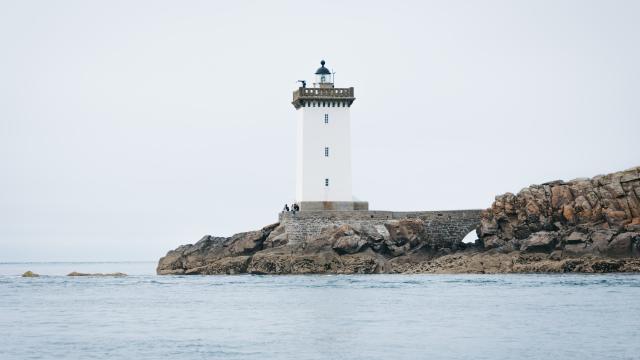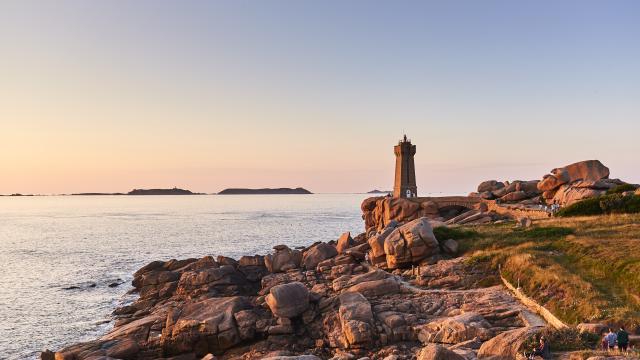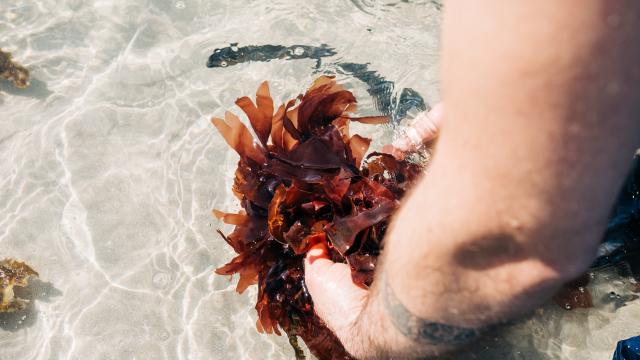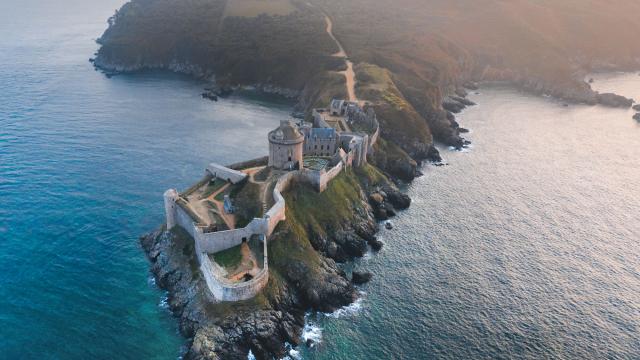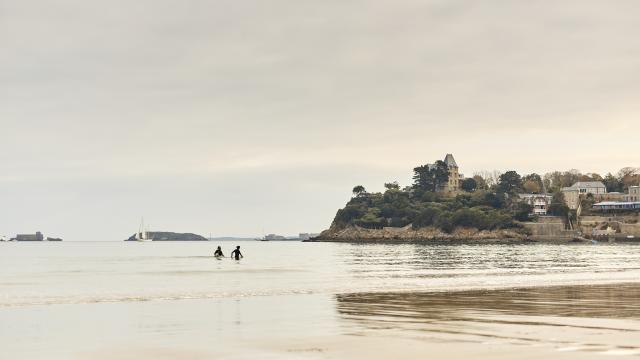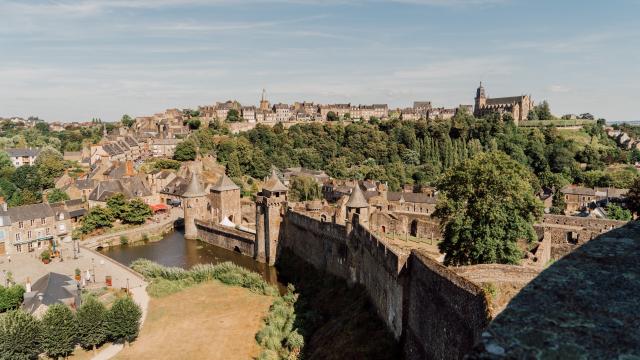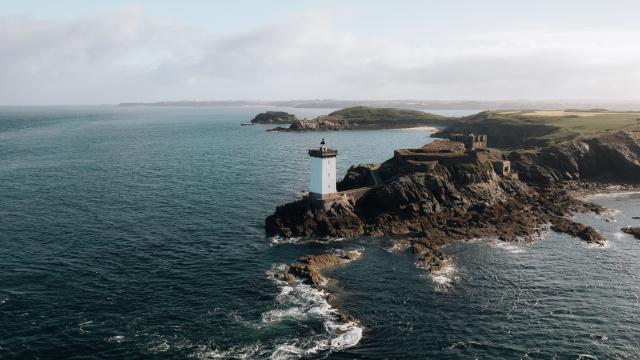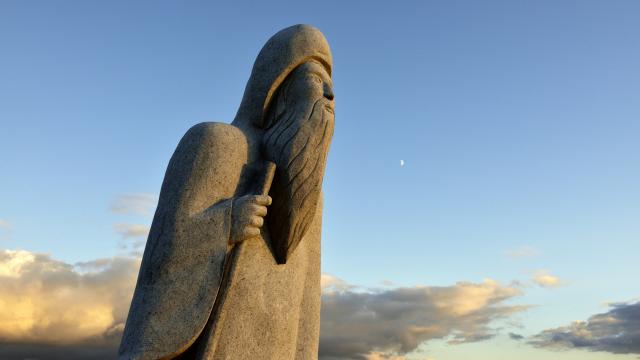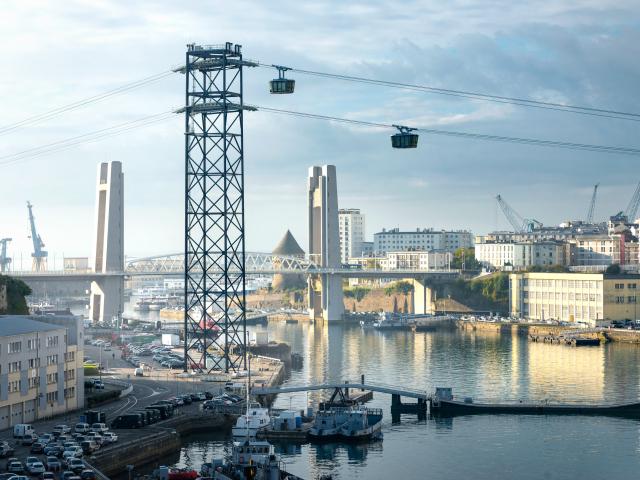 Crtb Ad4298 Le Gall Mathieu
Crtb Ad4298 Le Gall Mathieu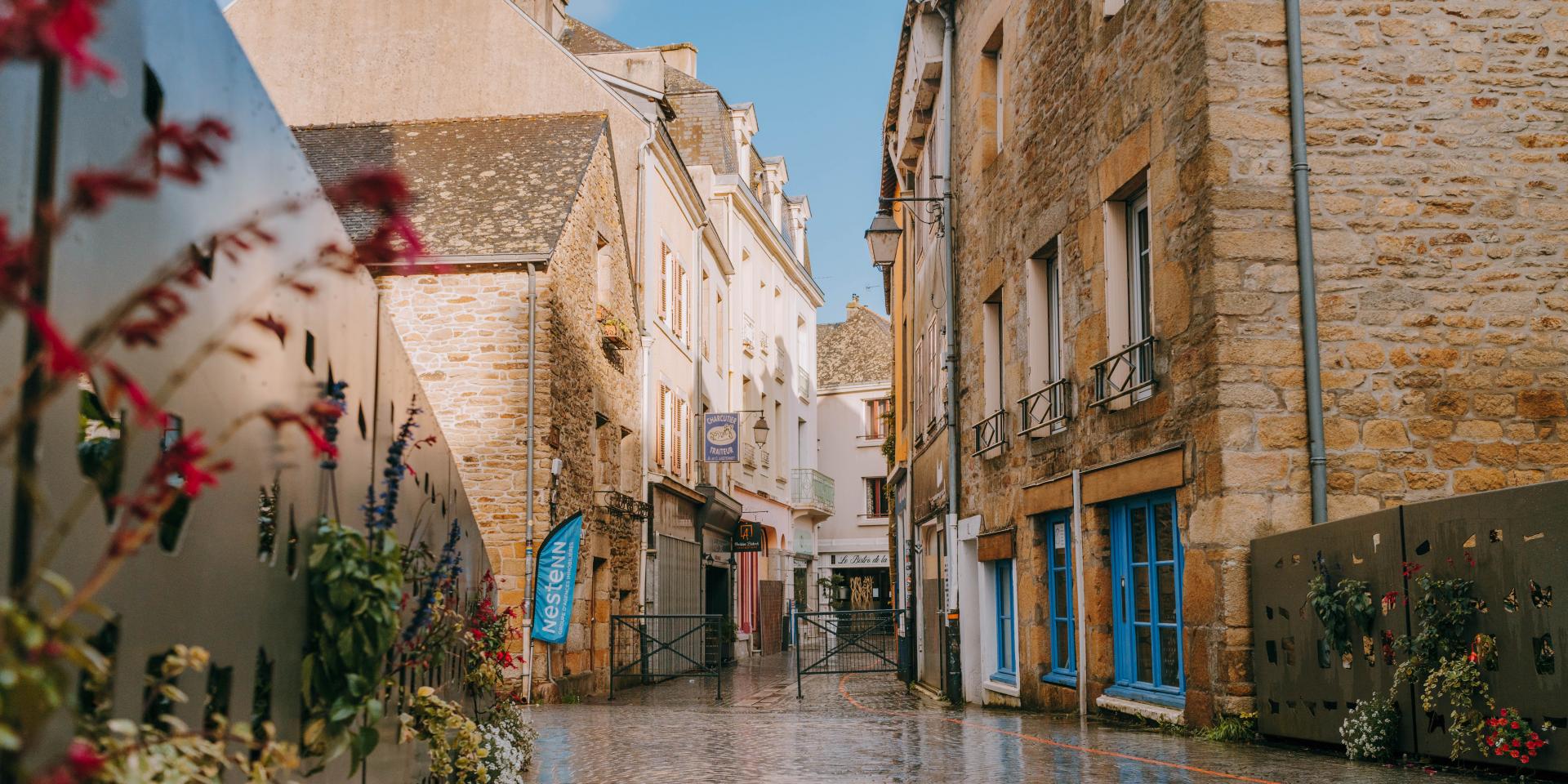 Crtb Ae05118 Noe C
Crtb Ae05118 Noe CDiscover the route of the painters and the Pont-Aven schoolBrest, Quimper, Pont-Aven, Vannes...
 Crtb Ad4298 Le Gall Mathieu
Crtb Ad4298 Le Gall MathieuStep 01
Brest
Brest, the largest bay in Europe, is a town focused on the sea. Its port is the stage for gatherings of traditional sailing boats, including the “International Maritime Festivals”. Its magnificent bay opens onto the archipelago of the islands of Molène and Ouessant. Don’t miss: Les Ateliers des Capucins. These buildings, steeped in history, are becoming the symbol of urban renewal of the Brest metropolis. Brest Castle, a rare vestige of the city’s history, houses the National Marine Museum. Lastly, Océanopolis, the ocean discovery centre, is unique in Europe.
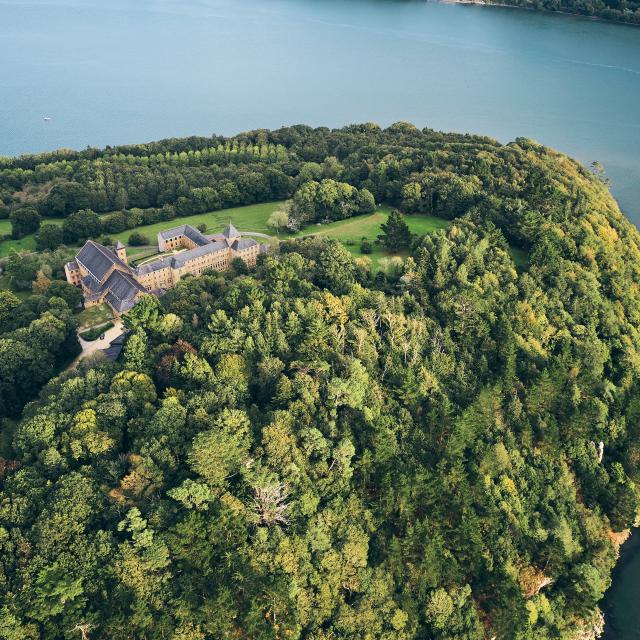 Crtb Ae05052 Lamoureux Alexandre
Crtb Ae05052 Lamoureux Alexandre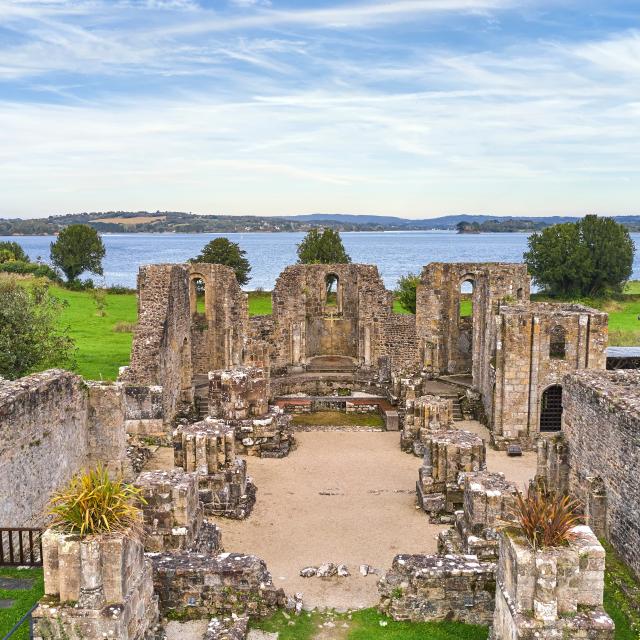 Crtb Ae05051 Lamoureux Alexandre
Crtb Ae05051 Lamoureux AlexandreStep 01
The Landevennec abbey
The Landevennec abbey is a historic monument at the entrance to the Crozon peninsular that you can’t miss. Near the site of the former abbey, the museum, whose collection received the “Musée de France” appellation in 2017, traces the history of the monastery from its foundation to the 18th century.
https://www.musee-abbaye-landevennec.fr/ancienne-abbaye-landevennec-en
Step 02
Locronan
Locronan, labelled a “Small Town of Character” and member of the “Most Beautiful Villages of France”, is one of the most prestigious sites in Brittany due to its architectural quality. A beautiful collection of large houses frames the picturesque Grand’Place. Once the capital of the sailcloth industry in Brittany from the 15th century, this large tourist hub, highly appreciated by film-makers, has retained all of its charm of times gone by. Don’t miss the Christmas market.
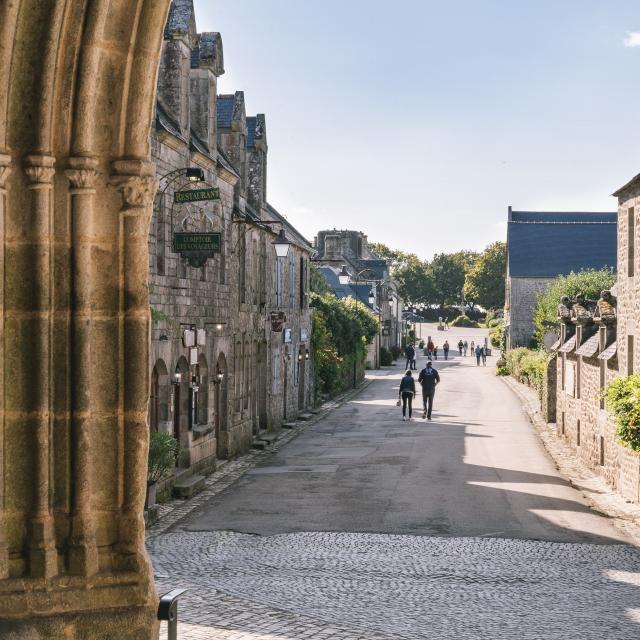 Crtb Ae00957 Ragot Eugenie
Crtb Ae00957 Ragot Eugenie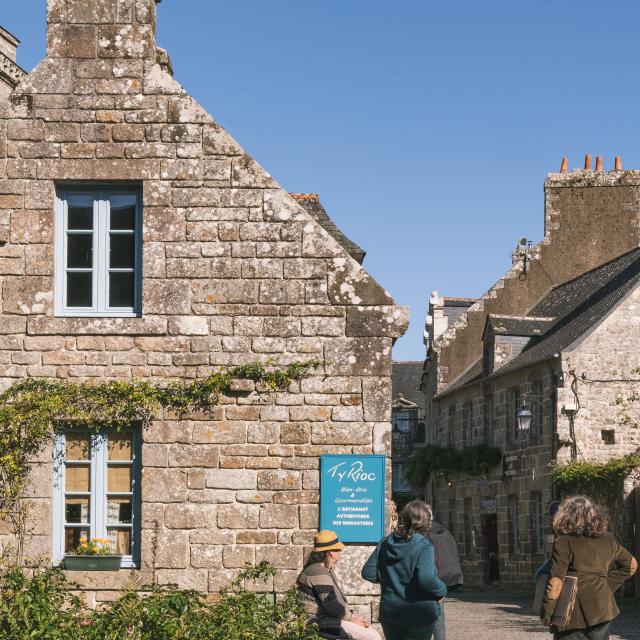 Crtb Ae00955 Ragot Eugenie
Crtb Ae00955 Ragot Eugenie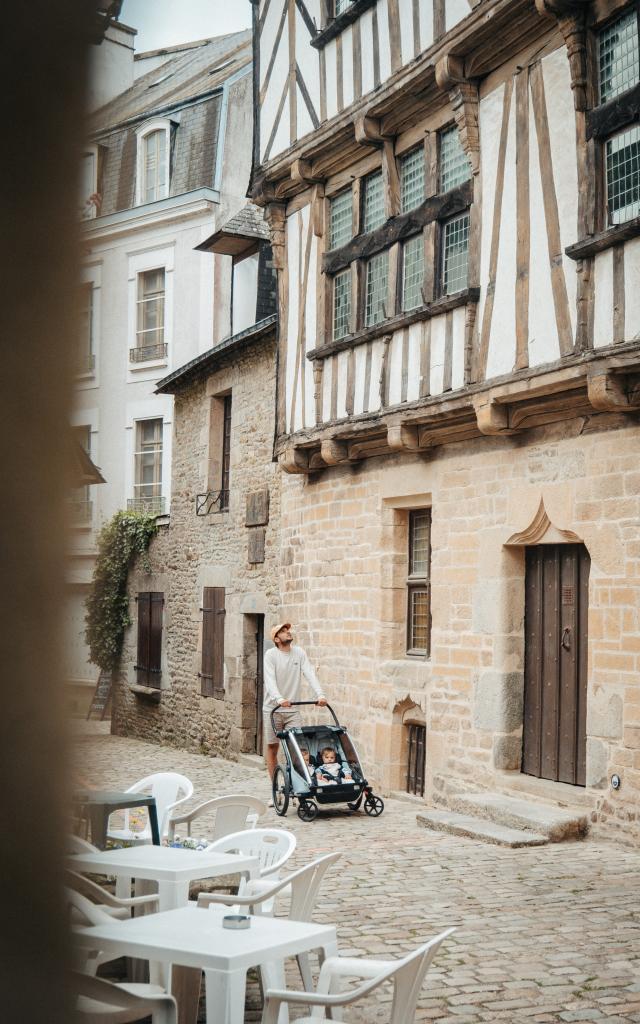 Crtb Ae06246 1duvetpour2
Crtb Ae06246 1duvetpour2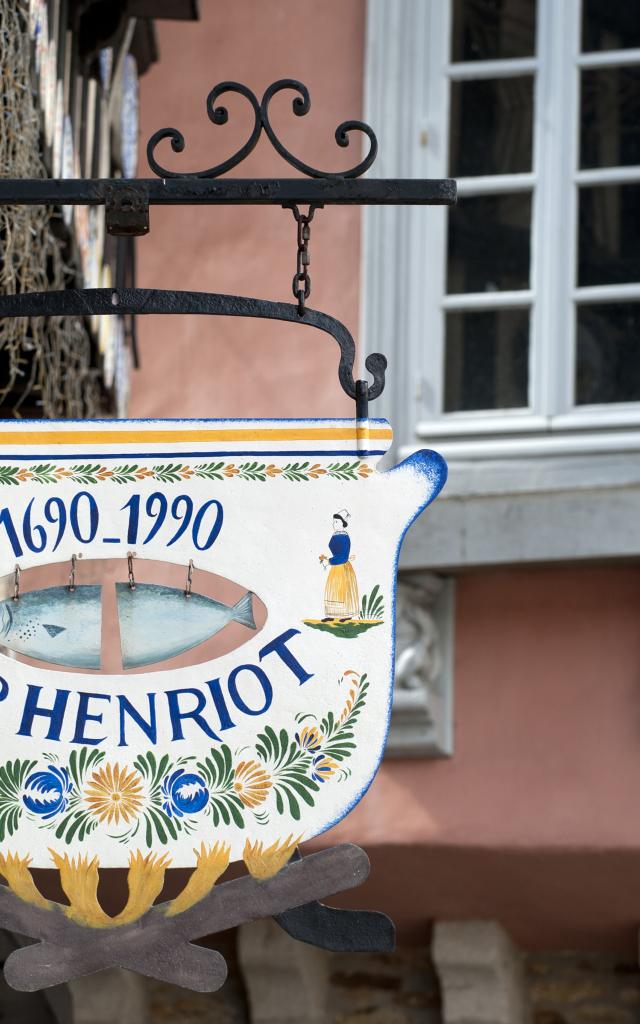 France, Finistere (29), Quimper, place Saint Corentin, magasin faience de Quimper HB Henriot
France, Finistere (29), Quimper, place Saint Corentin, magasin faience de Quimper HB HenriotStep 03
Quimper
Quimper, Town of Art and History, cultural capital of Brittany, is an essential place to visit. The heritage in this town of traditions features cobbled squares and streets lined with half-timbered houses. The sumptuous Saint Corentin cathedral, dating from the 13th century, is a gem of Breton Gothic art. It also has a wealth of museums of art and history, and a diversity of remarkable gardens. Don’t miss the famous Henriot ceramic factory.
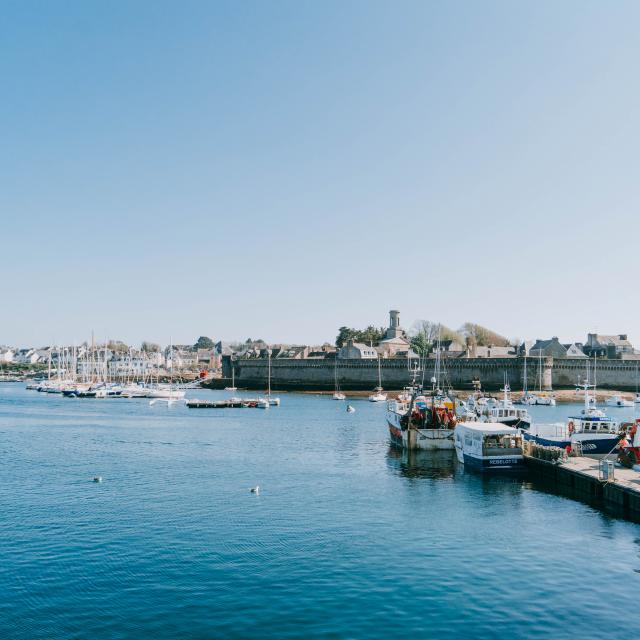 Crtb Ae04500 Noe C
Crtb Ae04500 Noe C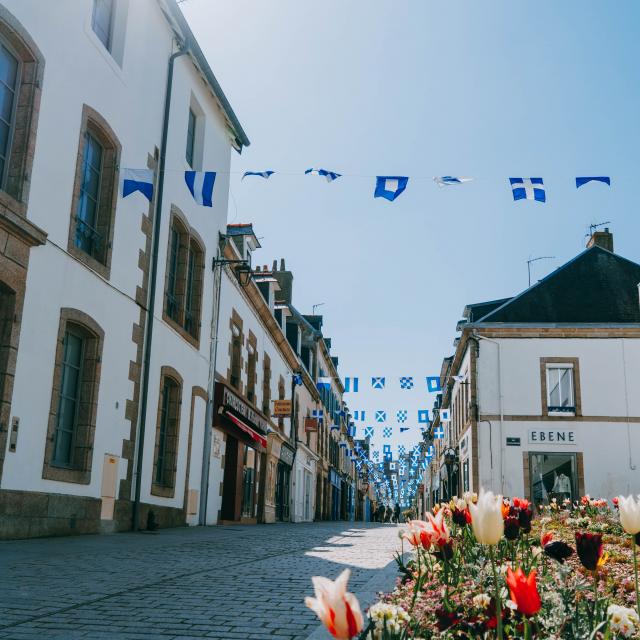 Crtb Ae04499 Noe C
Crtb Ae04499 Noe CStep 01
Concarneau
A Town of Art and History, the Blue Town, entirely focused on the sea, has a rich architectural heritage. Famous for its walled city dating from the 11th century – an exceptional fortified site on a 352-m long island – it has spanned the centuries sheltered by its ramparts. Concarneau contains several versions of maritime life with a fishing port, marina and find sandy beaches.
Step 02
Pont-Aven
This charming little town, nestled in the lush Aven estuary, owes its fame to Paul Gauguin who settled here in 1860. Surrounded by galleries, the museum traces this creative period when artists were fascinated by the poetry of the landscapes and the luminosity of the little port. Don’t miss: Trémalo chapel and its multicoloured crucifix, a source of inspiration for Gauguin’s famous Yellow Christ. Or Promenade Xavier-Grall along the Aven, which contains a set of footbridges and a pedestrian route dedicated to the poet-journalist-writer.
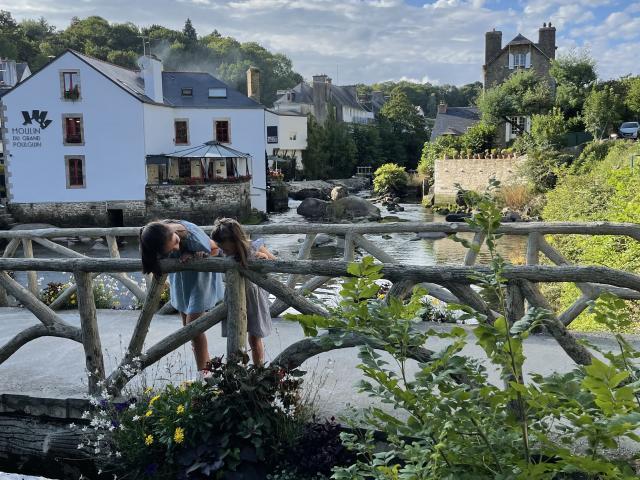 Crtb Ae04989 Saldon Joana Rotated
Crtb Ae04989 Saldon Joana Rotated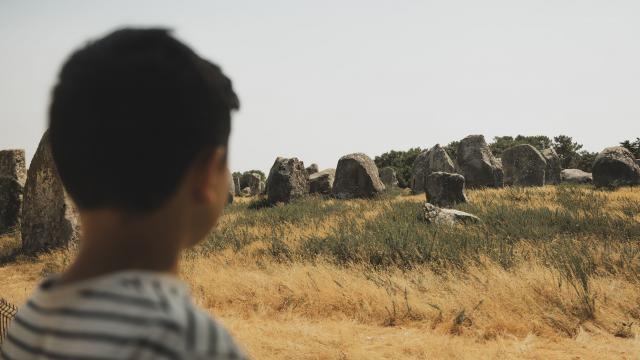 Crtb Ae01659 Gangs Of Mothers
Crtb Ae01659 Gangs Of MothersStep 03
Carnac
Carnac has one of the most extraordinary concentrations of standing stones in the world. More than 4,000 have been counted, arranged in alignments or hidden here and there, distributed over 40 hectares and 4 kilometres in length. The most impressive alignments are those of Menec, Kerlescan and Kermario. The Museum of Prehistory will tell you more about the origin of these megaliths.
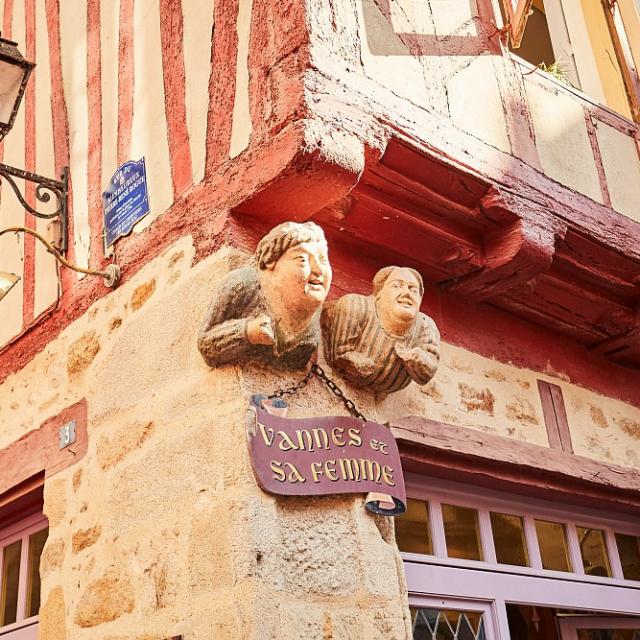 Vannes et sa femme
Vannes et sa femme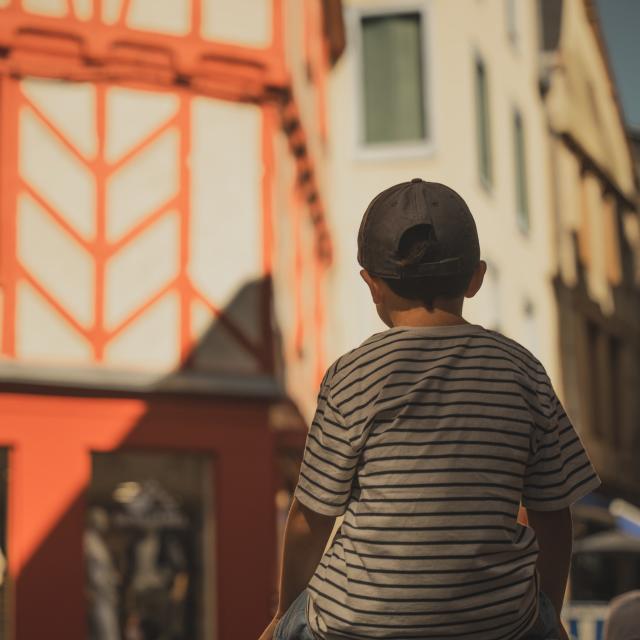 Crtb Ae04836 Gang Of Mothers
Crtb Ae04836 Gang Of MothersStep 01
Vannes
Bordered to the south by the Gulf of Morbihan, Vannes is a marina, fortified town, medieval town, Town of Art and History, and so on. With its preserved architecture, magnificent French formal gardens, medieval streets and a lovely blend of elegant mansion houses and half-timbered houses that date back to the 15th century, Vannes is a major tourist destination in Brittany.
Step 02
The Gulf of Morbihan
The Gulf of Morbihan extends between Vannes and the Rhuys Peninsular. It’s a popular destination for the beauty of its landscapes and the multitude of little islands. Two of these are easily accessible: Arz Island and Ile aux Moines, which can be reached by boat for a relaxing escapade. Every two years, in May, more than one thousand traditional and classic boats meet for Gulf Week.
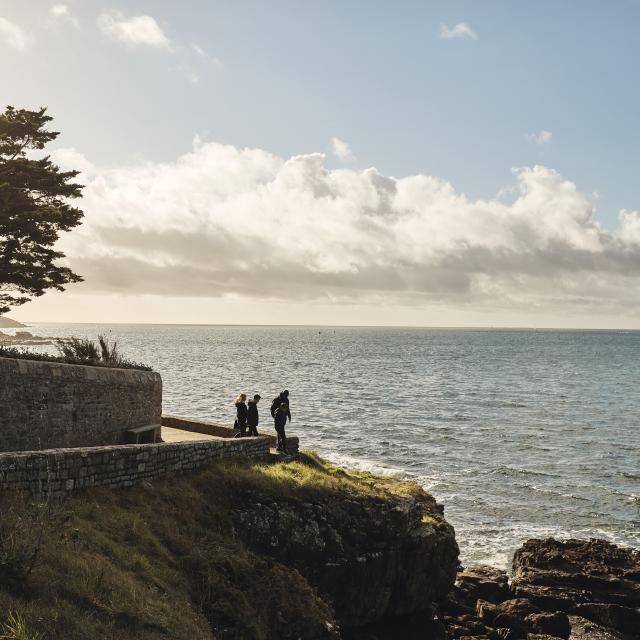 Crtb Ae05922 Lamoureux Alexandre Sensation Bretagne
Crtb Ae05922 Lamoureux Alexandre Sensation Bretagne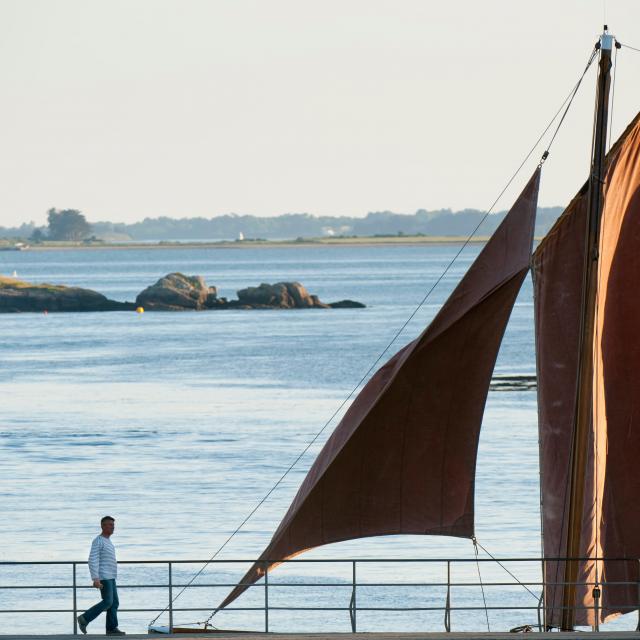 Crtb Ab8502 Berthier Emmanuel
Crtb Ab8502 Berthier Emmanuel